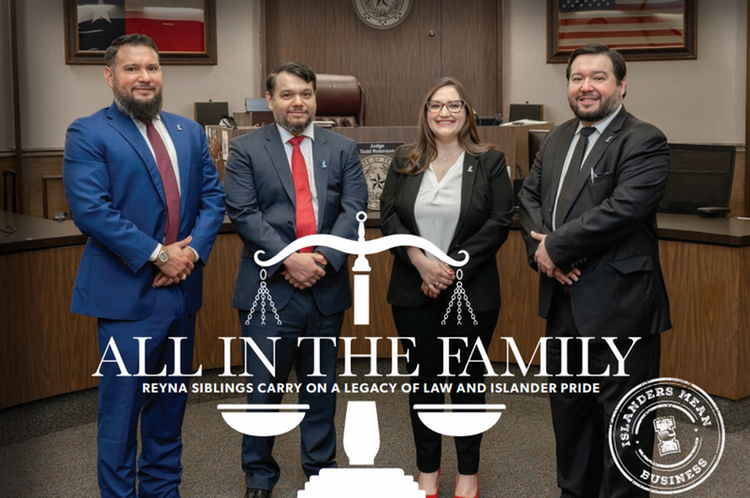Island University Welcomes Texas Tribune to Discuss Hurricane Relief and Recovery
CORPUS CHRISTI, Texas – Conversations about hurricane relief and recovery were held in the Coastal Bend when Texas A&M University-Corpus Christi co-hosted the daylong “Rebuilding After Hurricane Harvey: A Texas Tribune Symposium” on May 18, which brought together state representatives, public figures, members of the local community and Island University experts.
“We have these big conversations across the state at campuses and universities because that is where big ideas are generated,” said Natalie Choate, director of media relations and partnerships at the Texas Tribune. “We want students and educators to be involved and we know that universities are the core of communities. It feels right to have a conversation where folks who were directly impacted by Hurricane Harvey can participate and join.”
The Anchor Ballroom was packed as experts gathered to present on various topics related to Hurricane Harvey such as the state budget and the 86th legislative session, the business climate and economic development along the coast, the population in affected areas, public education and the environment. During the panel, “Rethinking the Coastline,” Dr. James “Jim” Gibeaut, endowed chair for coastal and marine geospatial sciences at the Harte Research Institute for Gulf of Mexico Studies, discussed environmental conservation and its impact on flood prevention.
“Events like today’s bring together a lot of different people who are tied to the coast,” said Gibeaut. “Their voices, opinions and observations are very important in guiding what we as scientists should try to understand.”
The highlight of the symposium was “A Conversation with Harvey Czar John Sharp.” During the one-on-one conversation, Texas A&M University System Chancellor John Sharp, who is also chairman of the Governor’s Commission to Rebuild Texas, noted that Texas is the best at rescue, but when it comes to recovery, there is room for improvement.
“We’re proud of our disaster rescue team’s efforts. They received the highest score ever scored by any disaster rescue team in the United States,” said Sharp. “We just have to integrate recovery, so there is somebody in every city or county that is certified on exactly how to manage a recovery operation successfully.”
Sharp suggested there should be ongoing certification and training of individuals in all 254 Texas counties for recovery efforts. Having certified and trained professionals who are prepared to work with mayors and judges, along with other agencies, on implementing the best practices to rebuild affected communities is one of Sharp’s goals. After Sharp’s discussion, members of the audience were invited to engage and ask questions.
“It’s encouraging to see conversations happening about working together to restore communities impacted by Harvey,” shared Erin Reaves, human resource specialist from Port Aransas ISD and symposium attendee. “I’m glad to hear people in positions of leadership willing to discuss how people are getting involved and how they should work together to prevent less devastation in the future.”
The Texas Tribune is a nonpartisan, nonprofit media organization that informs Texans – and engages with them – about public policy, politics, government and statewide issues. For those who may have missed the event, click here for the symposium recording.











































